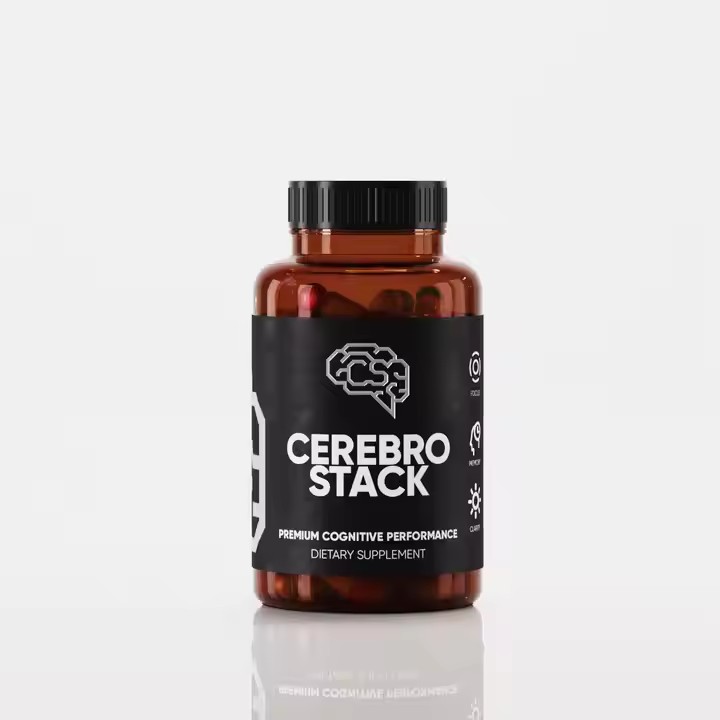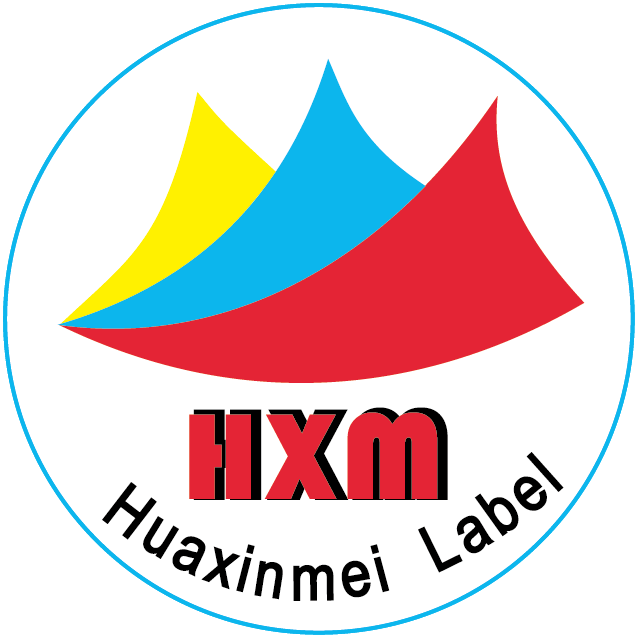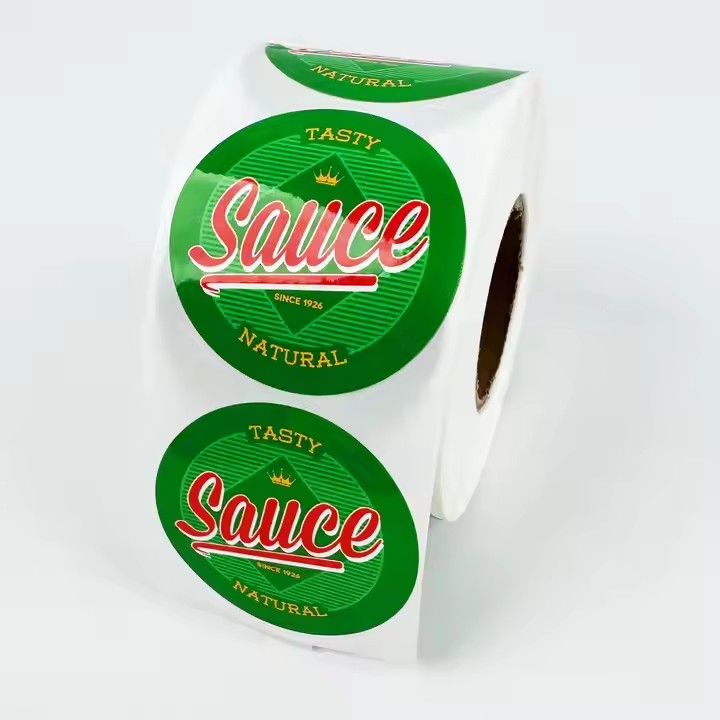In Terms of Copywriting Content
Explicit Safety Statements: At a prominent position on the label, such as the upper or lower part of the main display surface, write clear and concise safety statements in plain text, like “No added fragrances, alcohol, pigments”, “Mild and non-irritating”, “Suitable for pregnant women”, etc. If the product has passed relevant safety certifications, mark the certification name and logo, for example, “Certified by XX Authoritative Institution for Safety”, and attach the certification mark.
Detailed Ingredient Explanation: Besides listing the ingredients as required by regulations, briefly describe the beneficial effects and safety of key safe ingredients. For instance, “Contains natural plant extract XX, which has soothing and antioxidant effects on the skin and no allergy risk”. For harmful ingredients that are not added, list them separately in a table format, like “This product does not contain the following harmful ingredients: parabens, formaldehyde releasers, mineral oil”, making it clear to consumers at a glance.

Emphasize Production Standards: Introduce the strict standards and specifications followed in the production of the product, such as “Complies with GMPC Good Manufacturing Practice”, “Adopts aseptic production process”, etc., to showcase the safety control during the production process and enhance consumers’ trust in the product’s safety.
Provide Usage Cases or User Reviews: Select some typical user usage cases or reviews to indirectly prove the product’s safety. For example, “Tested by sensitive skin users, no redness, itching or other discomfort reactions after use”, increasing credibility and persuasiveness.
In Terms of Design Techniques
Use Specific Icons: Utilize some widely recognized icons representing safety and naturalness. For example, a green leaf represents natural ingredients, and a no-animal-testing logo indicates that the product has not undergone animal testing. Display these icons together with relevant safety information to convey the product’s safety more intuitively.
Color and Font Aids: Select colors related to safety and reliability, such as green and blue, to highlight the safety information part. For important information like safety statements, use a larger font size and eye-catching typeface to quickly attract consumers’ attention on the label.
Add Background or Border: Add a simple background frame or border to the safety information content to distinguish it from other information, forming an independent safety information area and making it more prominent.
Raw Material Sources and Characteristics
Proportion of Natural and Organic Raw Materials: If a large amount of natural or organic raw materials are used in the product, clearly mark the proportion, such as “The product contains 70% natural plant raw materials”, “The content of organic ingredients reaches 50%”, etc., allowing consumers to understand the natural attributes of the product and enhancing their perception of its safety.
Raw Material Origins: Mark the origins of key raw materials. For example, “Uses lavender essential oil from Provence, France”. High-quality raw material origins usually imply better raw material quality and safety, which can boost consumers’ trust in the product.

Characteristic Description of Raw Materials: For some raw materials with special safety advantages, describe their characteristics in detail. For example, “Contains purslane extract, which has natural antibacterial and anti-inflammatory properties, can effectively prevent skin infections and is less irritating to the skin”.
Product Testing and Data
Clinical Test Results: If the product has undergone clinical tests, briefly note the test results on the label, such as “After clinical tests, 95% of the subjects had no adverse reactions after use”, “Clinically verified that the product’s sensitization rate on the skin is less than 1%”, etc., to prove the product’s safety with scientific data.
Skin Irritation Test Data: Display the relevant data of the product’s skin irritation test. For example, “Skin irritation test shows that the product’s irritation index is 0.5 (extremely low irritation)”, giving consumers a more intuitive understanding of the skin reactions after using the product.
Microbial Detection Qualification Information: Emphasize that the product has passed strict microbial detection and is qualified. For example, “Microbial detection meets the standard, conforms to the cosmetics hygiene standard”, indicating the safety of the product in terms of microbial indicators and preventing skin problems caused by excessive microorganisms.
Applicable Skin Types and Populations
Precisely Applicable Skin Types: Besides the common expressions like “Suitable for sensitive skin”, more precise descriptions of applicable skin types should be provided. For example, “Especially suitable for oily sensitive skin, effectively regulates oil secretion while soothing the skin”, “Specially designed for dry skin, deeply moisturizes without greasiness”, etc., helping consumers accurately judge whether the product is suitable for their skin types and reducing the use risk.
Applicable Instructions for Special Populations: If the product is suitable for special populations such as pregnant women, children, and the elderly, clearly mark it on the label. For example, “Suitable for pregnant women and lactating mothers, with a mild formula and no burden”, “Specially designed for children, with a no-tears formula and gentle cleansing”, providing clear selection guidelines for special populations.
Risk Warnings and Precautions
Potential Risk Ingredient Warnings: Even if the product is generally safe, some ingredients may pose potential risks to specific populations, so warnings need to be given on the label. For example, “The product contains salicylic acid, which may cause redness, itching and other discomforts in some people. It is recommended to conduct a skin test before use”.


